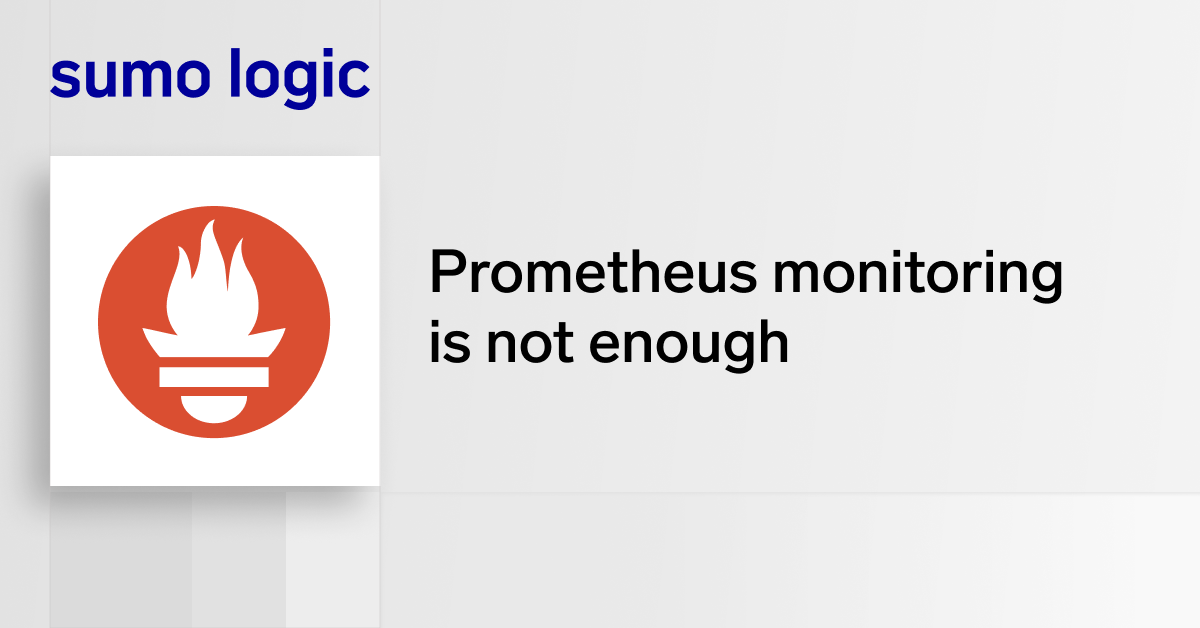Every year, the proverbial cyber gods anticipate a major data breach during tax day, and this year, they weren’t completely wrong. While we didn’t have a cyber meltdown, we did experience a major technology failure. Many U.S. taxpayers may already know what I am talking about here but for those outside of the country, let me fill you in. The U.S. Internal Revenue Service (IRS) website crashed on April 17 — the infamous tax filing day. And much like death, or rush hour traffic, no one can escape doing his or her taxes. And thanks to the good graces of the IRS, the deadline was extended a day to April 18, so that taxes could be filed by everyone as required by U.S. laws.
Now you might say “ah shucks, it’s just a day of downtime. How bad can it be?” In short, bad, and I’m going to crunch some numbers to show you just how bad because here at Sumo Logic, we care a lot about customer experience and this outage was definitely low on the customer experience scale. The below will help you calculate the financial impact of the total downtime and how the delays affected the U.S. government — and more importantly, the money the government collects from all of us.
To calculate the cost of the one day downtime of the IRS app, we did some digging in terms of tax filing statistics. And here’s what we found:
- On average over 20 million taxpayers submit their taxes in the last week, according to FiveThirtyEight.
- Half of these folks — 50 percent, ~10M (million) people — submitted on the last day, and therefore were affected by the site outage. How did we arrive at this number? Well, we made a conservative assumption that the folks who waited until the last week were the classic procrastinators (you know who you are!). And these procrastinators generally wait until the last day (maybe even the last hour) to file their taxes, which was also backed up by the IRS and FiveThirtyEight data points.
- We also make a practical assumption that most last-minute tax filers are “payees,” meaning you are waiting for the last day because you are paying money to the government. After all, if you are getting money back, there’s more incentive to file early and cash in that check!
You with me so far? Now, in order to determine the amount of money the IRS collects on the last day, we need to know what the average filer pays to the IRS. This was a tricky question to answer. The IRS assumes that most folks get a refund of $2900, but does not specify the average filer payment amount.
Since there exists no standard amount, we modeled a few payments ($3K, $10K, $30K) to calculate the amount that got delayed because of the last minute outage.
| Number of filers who pay | Avg. payee amount | IRS revenue ($’s) on last filing day |
| 10M | $3K | $30B |
| 10M | $10K | $100B |
| 10M | $30K | $300B |
So the government delayed getting some big money, but they do eventually get it all (didn’t we say that taxes and death are inevitable?). It’s important to note here that a lot of taxes are collected via W-2 forms, so filing does not mean the payee will actually pay, and in some instances, there will be refunds granted. So with that in mind, let’s now calculate the cost of the one day delay. To do this, we use the 1.6 percent* treasury yield on the money and we calculate the actual cost of downtime.
| Number of filers who pay | Avg. payee amount | IRS revenue ($’s) on last filing day | Lost revenue for one day delay |
| 10M | $3K | $30B | $1.3M |
| 10M | $10K | $100B | $4.3M |
| 10M | $30K | $300B | $13.1M |
What you see is that even one day’s cost of downtime for the U.S. government is measured in millions of dollars. And for a government that is trillions of dollars in debt (and at least in theory focused on cost/debt reduction), these numbers add up quickly.
So here’s a quick PSA for the U.S. government and for the IRS in particular: Your software application matters. And the customer experience matters. Update your systems, implement the proper controls, and get your act together so that we can rest assured our money is in good hands. If you continue to run your infrastructure on legacy systems, you’ll never be able to scale, stay secure or deliver the ultimate customer experience. With the pace of technological innovation, cloud is the future and you need visibility across the full application stack.
But let us not forget the second moral of this story, said best by Abraham Lincoln: “You cannot escape the responsibility of tomorrow by evading it today.”
And if you want to see customer experience done right, contact Sumo Logic for more questions on how to build, secure and run your modern applications in the cloud!


